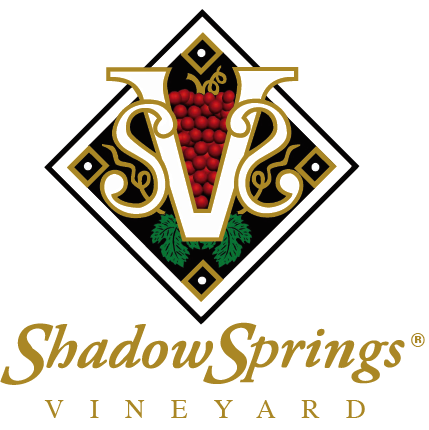October 2021
Red red wine 🍷
Red winemaking is definitely the most romantic part of our job - there’s something special to seeing all the crushed up grapes in a tank and knowing that a transformation is taking place underneath the surface. That transformation, of course, is the process of fermentation.
For a red wine, grape juice is fermented in a thick mixture of skins and seeds. In fact, it is these skins and seeds that impart the red color to the wine (among other characteristics). However, there is a slight problem that must be addressed…
When the yeast ferment grape juice sugars into alcohol, they release CO2 as a byproduct. This CO2 bubbles through the must and pushes all the solids (skins and seeds) towards the top. If left untended, your homogenous mixture of grape juice, skins, and seeds will turn into two separate layers, like water and oil. This is the opposite of what we want!
So, we must do “punch-downs” or “pump-overs” regularly to ensure our wine mixture stays together. For smaller tanks like the one pictured above, we use a tool to physically punch these skins and seeds back into the wine, but for our large tanks that is not possible. For those, we pump wine from the bottom of the tank up to the top where the liquid does the work of pushing the skins and seeds back into the mix. This may seem like a boring part of the winemaking process, but it is essential to making a delicious and well-balanced red!
Grape experiments 🍇
Every year we try to do some experiments with our grapes to test new ideas and processes. With this harvest, we decided to try out a few different strains of malolactic bacteria on our Chambourcin. What are malolactic bacteria, you may be asking?? They sure don’t sound like something you would want in your wine…
Well actually, malolactic bacteria are used in most red wines (and some whites like Chardonnay as well) to begin the process of malolactic fermentation, where harsh, tart-tasting malic acid is converted to more pleasant tasting, smooth lactic acid. This conversion tends to impart different aromas to the wine and adds complexity to the mouthfeel and finish.
We’re interested to see how each different strain of malolactic bacteria will influence the wine’s character, and we’re hoping to determine a favorite strain that we could use for our wines in the future!
‘19 Reserve Cab Sauv
We’re excited to announce the release of our first 2019 vintage red at Shadow Springs: our ‘19 Reserve Cabernet Sauvignon 🎉.
‘19 was an excellent vintage in North Carolina with a relatively dry, long growing season that allowed our reds plenty of time to fully ripen and develop their flavor compounds. We have several ‘19 reds from both Shadow Springs and Windsor Run in the bottle waiting to be enjoyed, but we decided to release this one first since we’ve been sold out of Cab at Shadow Springs for quite some time.
Here are some notes from the tasting room
“A smooth and approachable Cab Sauv bursting with fruity flavors of plum and cherry. Extended oak aging contributes smooth and soft tannins”
Our new ‘19 Cab Sauv is available at Shadow Springs and online at the link below. Come try it out this weekend!



